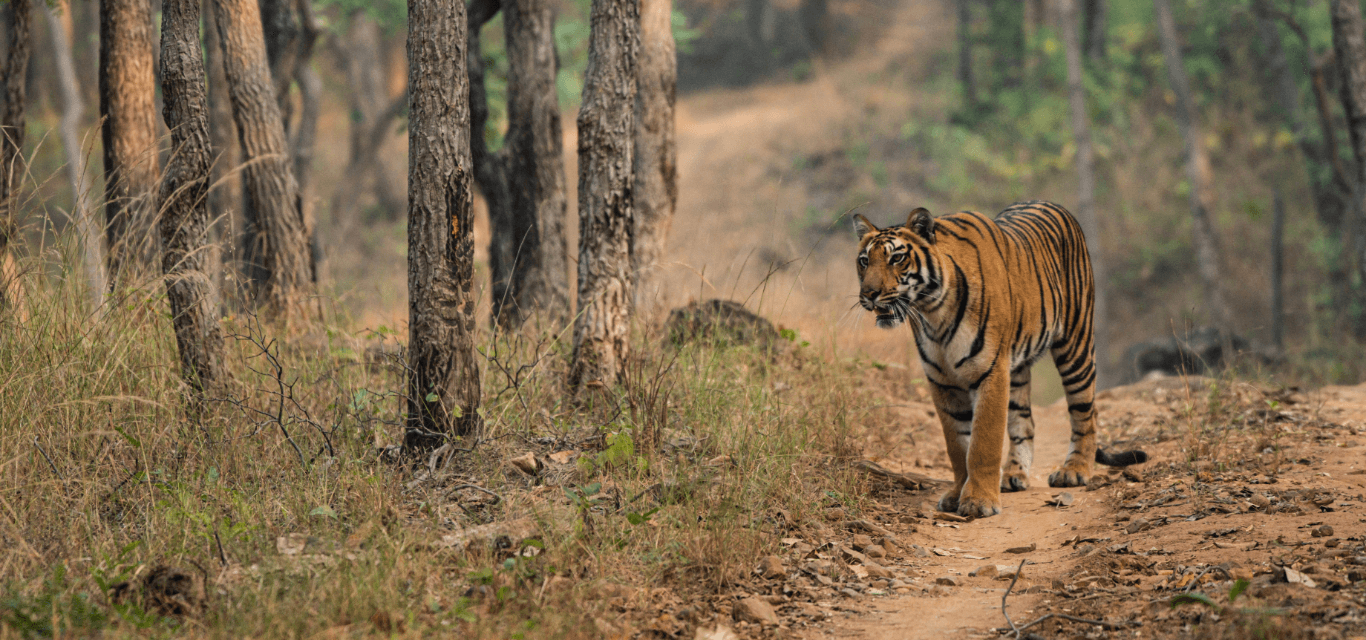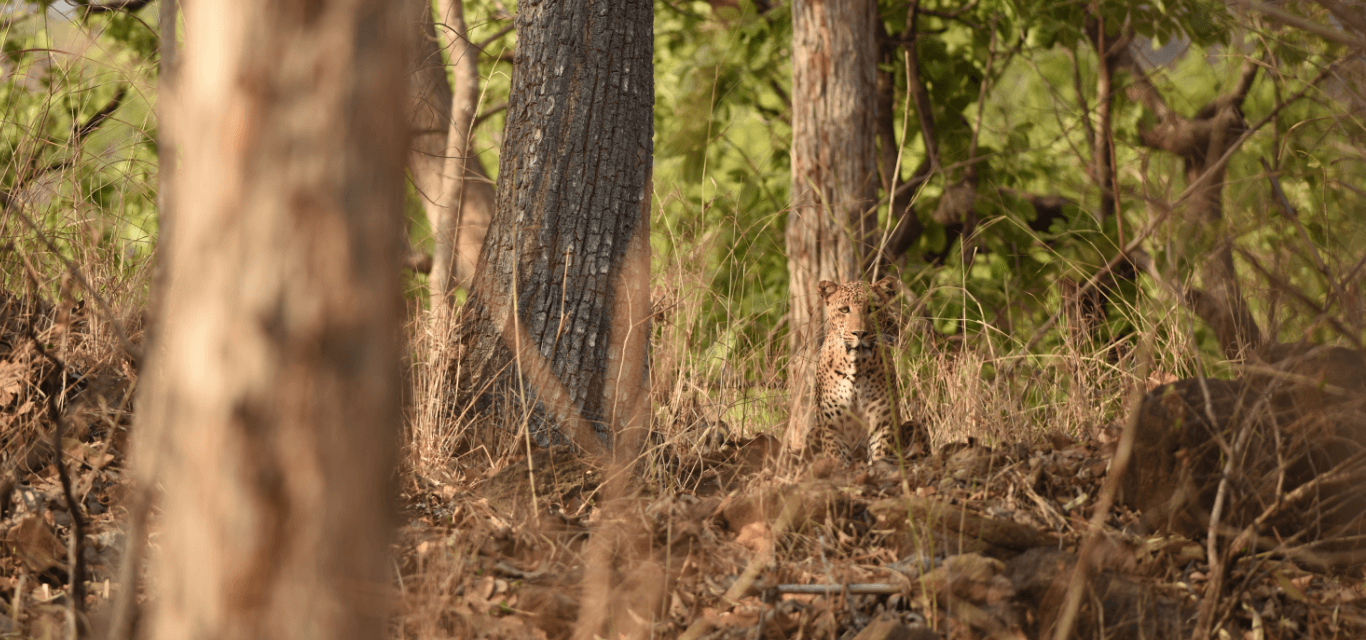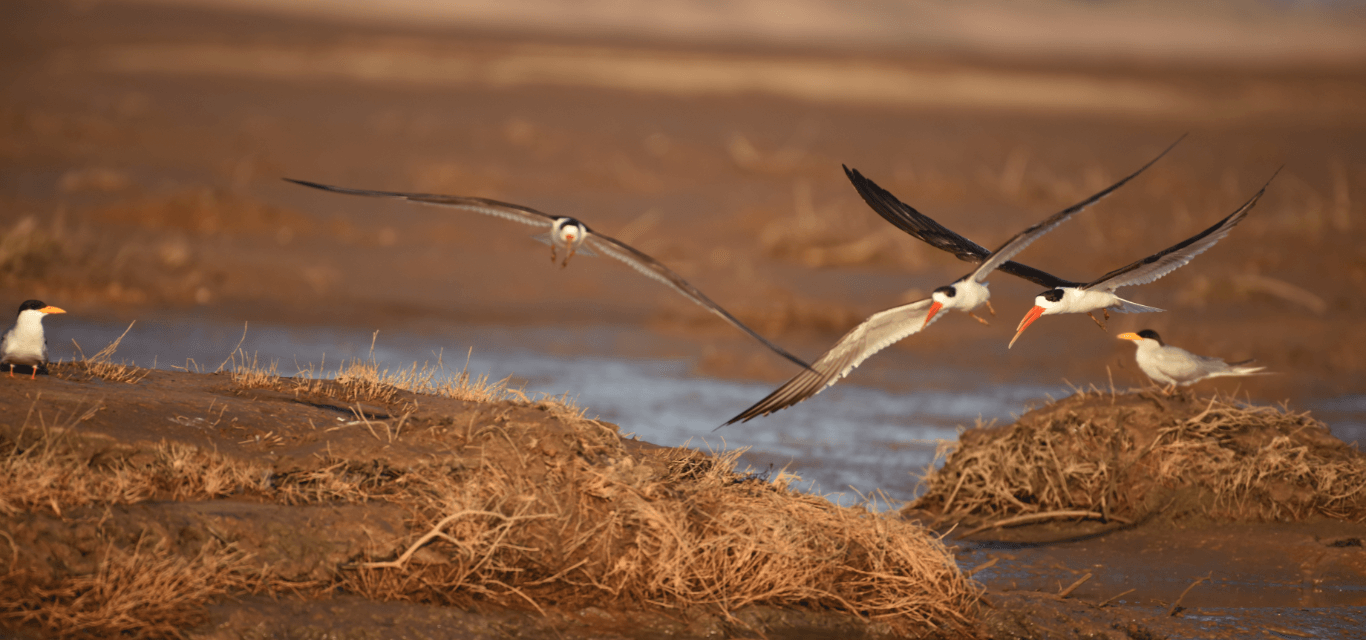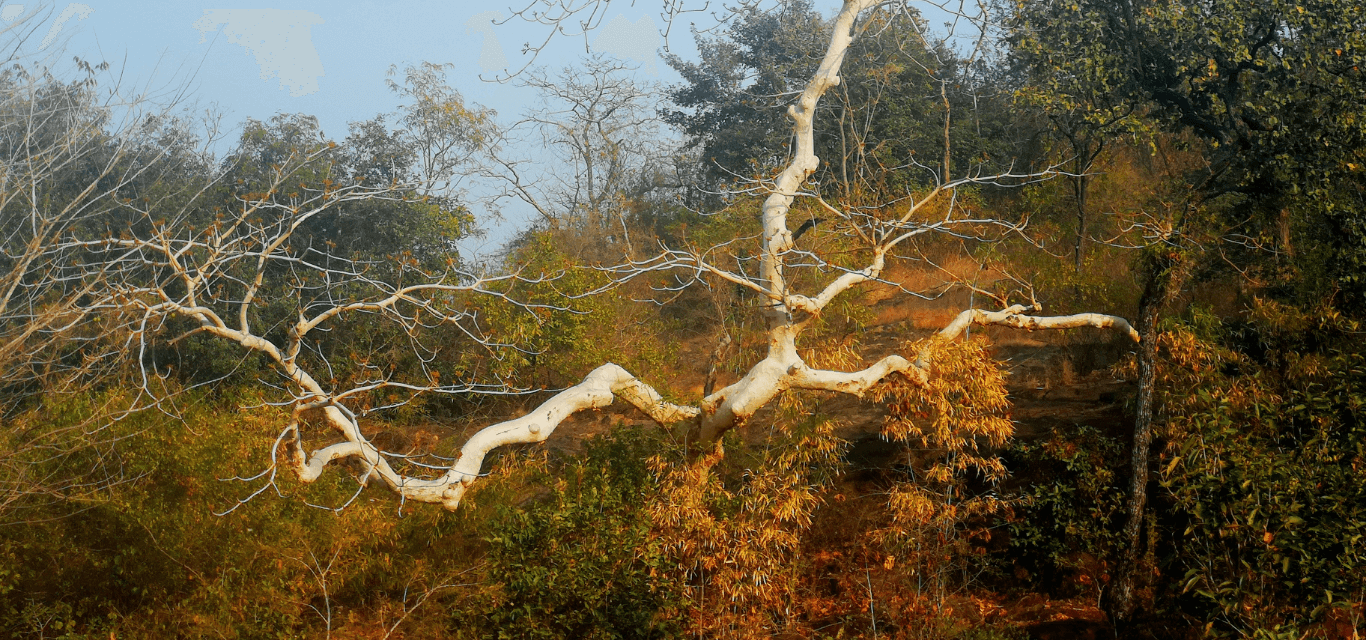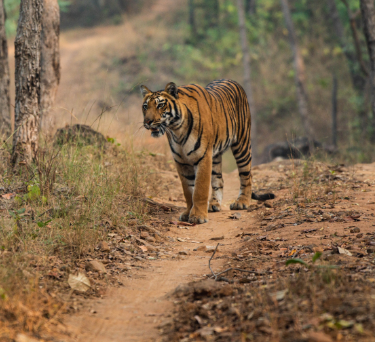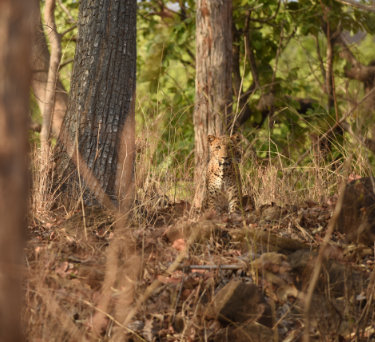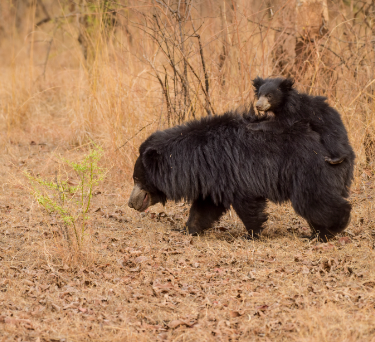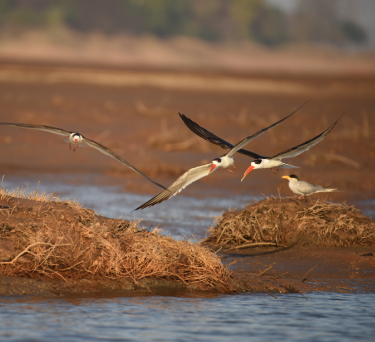Satpura National Park
An Unexplored Forest in India
Satpura National Park
An Unexplored Forest in India
Central India
Established in 1981, Satpura Tiger Reserve derives its name from the Satpura hill range that runs east to west parallel to the Vindhyan mountain range. The mountain range with its seven folds, is the highest in the centre at the Pachmarhi plateau at about 1350Mts above sea level.
The largest Tiger reserve in Madhya Pradesh, it is spread across mostly hilly terrain with an area of over 2100Sq.kms. The altitudinal variations and being drained by rivers Denwa, Sonbhadra, streams and nallahs has gouged out an extremely diverse ecosystem with varied habitats for different species of flora and fauna. The undulating landscape is perfectly suited for the reclusive habits of predators like Leopards, wild dogs and of course the Tigers. Home to coinciding habitats of transitioning between the Eastern Himalayas and Western Ghats, both the towering teak and sturdy Sal exist here in different altitudes which varies from Moist deciduous forests, Central Indian sub-tropical hill forests in the upper regions to dry deciduous forests in the lower parts. One of the richest in plant diversity and ‘gene pool’ is probably the reason for Satpura Tiger Reserve getting shortlisted as a contender for being named a World Heritage Site by UNESCO.
It was probably this charming landscape and rich tapestry of flora and fauna that made Capt. Forsyth fall in love with this heart of India.
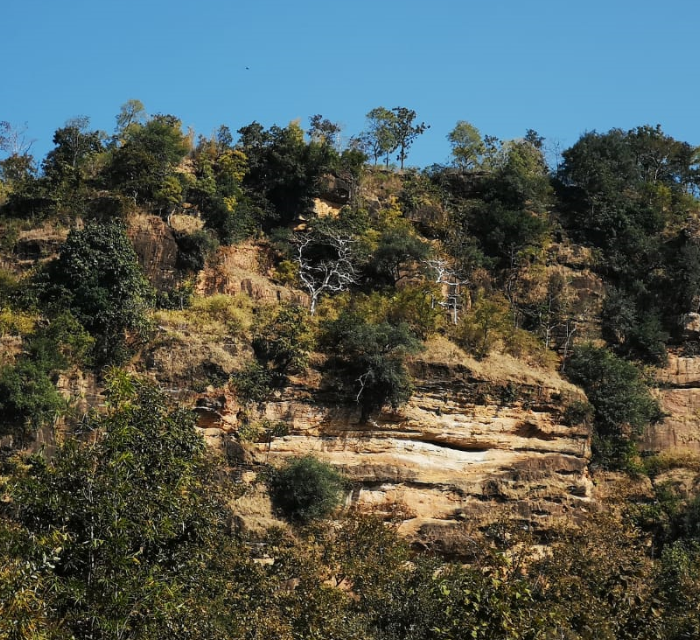
Forsyth Lodge is a 44 acre resuscitated forest with several indigenous plants and trees growing. It adjoins the buffer to the Madhai range of Satpura Tiger Reserve. Situated in the Northern boundary of the reserve, a two-and-a-half-hour journey from Bhopal, the capital of Madhya Pradesh.
Presence of large water body of the Denwa backwaters of the Tawa dam provides for watching the landscape and animals from the water to get a perspective of the reserve which is really unique.
Central India
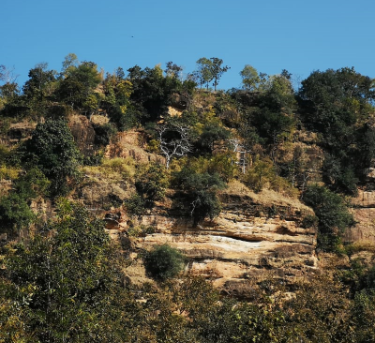
Established in 1981, Satpura Tiger Reserve derives its name from the Satpura hill range that runs east to west parallel to the Vindhyan mountain range. The mountain range with its seven folds, is the highest in the centre at the Pachmarhi plateau at about 1350Mts above sea level.
READ MORE
It was probably this charming landscape and rich tapestry of flora and fauna that made Capt. Forsyth fall in love with this heart of India.
Forsyth Lodge is a 44 acre resuscitated forest with several indigenous plants and trees growing. It adjoins the buffer to the Madhai range of Satpura Tiger Reserve. Situated in the Northern boundary of the reserve, a two-and-a-half-hour journey from Bhopal, the capital of Madhya Pradesh.
Presence of large water body of the Denwa backwaters of the Tawa dam provides for watching the landscape and animals from the water to get a perspective of the reserve which is really unique.

Zone
Area
Area
What is the climate like in Satpura?
What is the best time to visit Satpura?
Depending on your interest in the kind of activities and flora or fauna, Satpura is a good park to visit from October to June in the dry season. October is great season to see the entire forest lush after the monsoons and is the best time to visit the Satpura National Park for spotting butterflies, spiders, plants and insects. As the season progresses it becomes drier with the foliage progressively drying up for better sightings of the mammals and birds from November onwards. As the winter sets in by end of November the migratory birds start coming in and it’s a great time for birding from November to March. You can also do camping and Forsyth Trail between November and March owing to the winter weather. April onwards the undergrowth is really dried up and the hot weather makes it easier to spot the big mammals providing a good opportunity for photographers. Checkout our different activities and itineraries or speak to our naturalists to create a bespoke plan to suit your needs.
Tailor your
Forsyth experience
Fill in the details so we can help you get a personalized experience when you stay at the Forsyth Lodge.
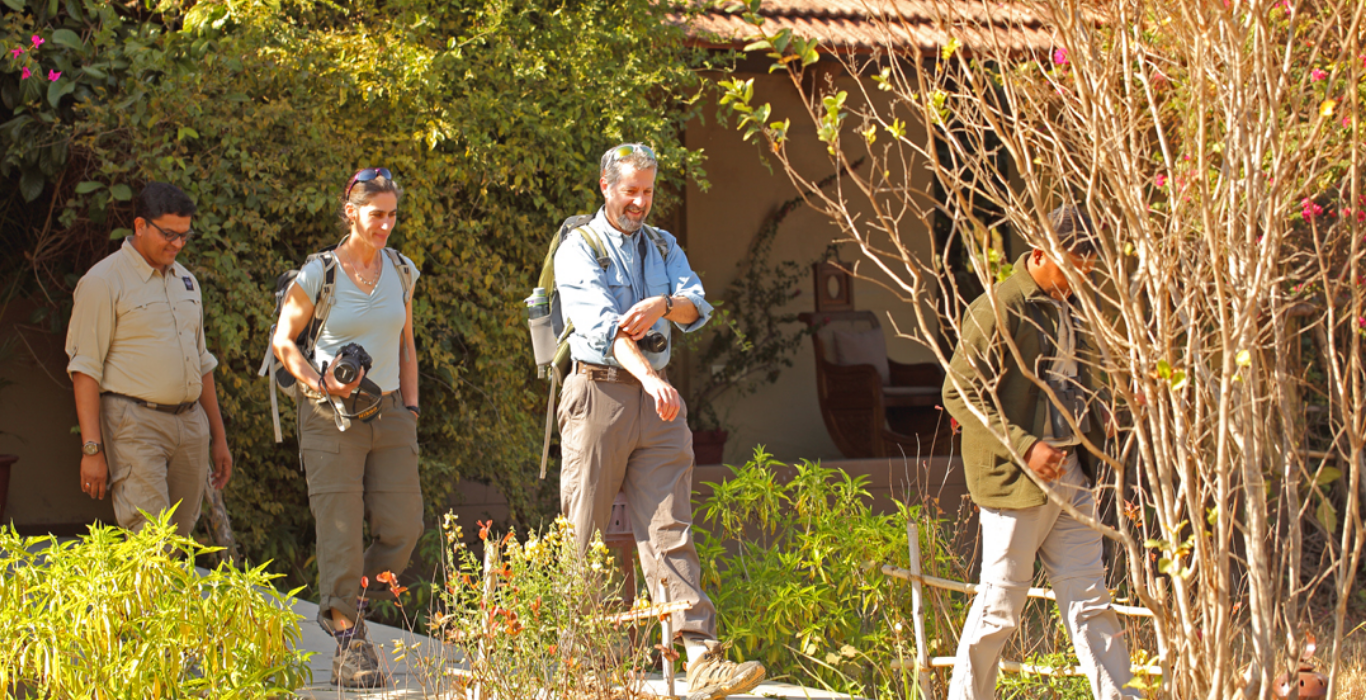
Tailor Your Forsyth Experience
Fill in the details so we can help you get a personalized experience when you stay at the Forsyth Lodge.
All Rights Reserved © 2021 Forsyth Lodge
Made with ❤️ by Savage & Palmer

Quick Links
Home
Experiences
The Lodge
Enquiry
Offers
Packages And Offers
Blog
Gallery
Contact
FAQ
Learn
The Forsyth Story
About Satpura
Our Initiatives
Follow Us
For Updates From Satpura And Our Jungle Lodge
All Rights Reserved © 2021 Forsyth Lodge
Made with ❤️ by Savage & Palmer



